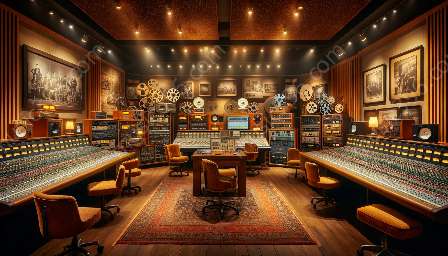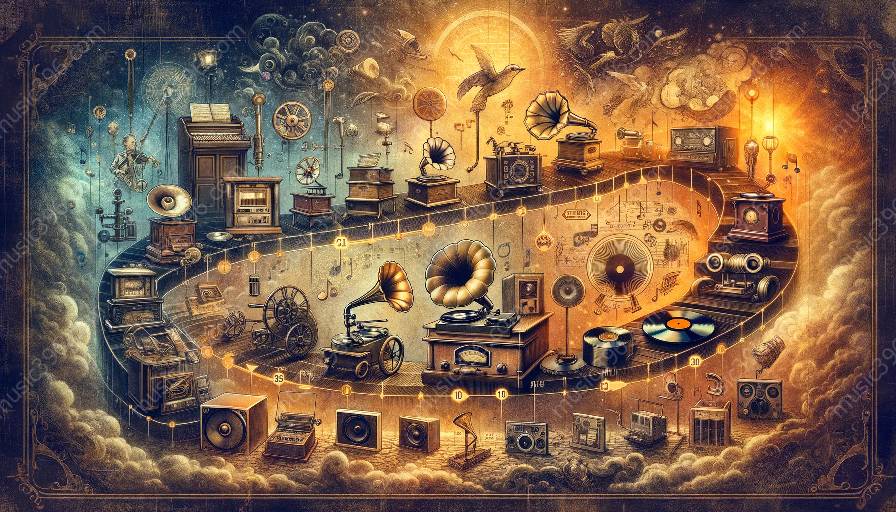Music recording technology has undergone significant evolution, with magnetic tape and reel-to-reel recording playing a monumental role in shaping the industry. The impact of these innovations spans from their historical significance to their influence on modern music recording. Let's dive into the history and evolution of music recording technology, exploring how magnetic tape and reel-to-reel recording have contributed to the art of capturing and preserving musical performances.
History and Evolution of Music Recording Technology
The history of music recording technology can be traced back to the late 19th century with the invention of the phonograph by Thomas Edison. This groundbreaking invention allowed sound to be mechanically recorded and reproduced for the first time, marking the beginning of a new era in the music industry. Over the years, recording technology evolved significantly, from the development of vinyl records to the introduction of magnetic tape recording.
During the mid-20th century, magnetic tape revolutionized music recording. Magnetic tape offered a more reliable and higher-quality method of recording sound compared to previous technologies. The innovation of reel-to-reel recording further advanced the capabilities of magnetic tape, allowing for longer recording times and improved sound quality. These developments paved the way for significant changes in the music recording process, as well as the overall listening experience for audiences.
The Impact of Magnetic Tape and Reel-to-Reel Recording
Magnetic tape and reel-to-reel recording had a profound impact on the music industry, shaping the way music was recorded, produced, and consumed. These innovations brought about several key changes:
- Improved Sound Quality: Magnetic tape and reel-to-reel recording offered higher fidelity and better sound quality compared to previous recording methods. This advancement allowed for more accurate and detailed capturing of musical performances, leading to a significant improvement in the overall listening experience.
- Editing and Manipulation: The introduction of magnetic tape and reel-to-reel recording allowed for easier editing and manipulation of recorded music. This opened up new creative possibilities for artists and producers, enabling them to experiment with various recording techniques and arrangements.
- Longer Recording Times: Reel-to-reel recording extended the available recording time, allowing for longer uninterrupted performances to be captured. This was a significant improvement over previous technologies and facilitated the recording of full-length albums and live performances.
- Accessibility and Distribution: Magnetic tape made music recordings more accessible and easier to distribute. The portability of tape recordings allowed for greater dissemination of music, contributing to the growth of the music industry and increasing access to a wider range of musical content.
Legacy and Influence on Modern Music Recording
The impact of magnetic tape and reel-to-reel recording continues to resonate in modern music recording practices. While digital technologies have largely replaced analog tape recording, the legacy of magnetic tape is still evident in the preferences of many artists and producers for its warm and nostalgic sound.
Furthermore, the advancements in recording and editing capabilities introduced by magnetic tape and reel-to-reel recording laid the groundwork for modern digital recording techniques. Many of the principles and techniques developed during the analog era continue to influence contemporary recording practices, demonstrating the enduring impact of these innovations.
In conclusion, the impact of magnetic tape and reel-to-reel recording on the history and evolution of music recording technology is undeniable. These innovations transformed the way music was captured, produced, and distributed, leaving a lasting legacy that continues to shape the art of music recording to this day.



































